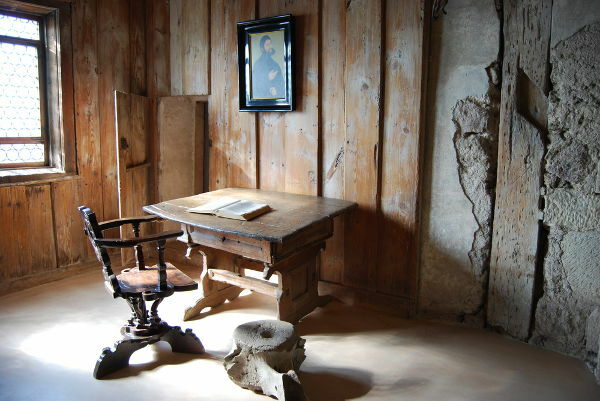In 1095, during the Council of Clermont, Pope Urban II called on armies from across Europe to fight the Muslim “infidels” who had taken control of the city of Jerusalem. From his pronouncement, members of the noble class from all over the Old World organized the armies that would integrate the First Crusade. However, the weight of the order given by the supreme head of the Church did not only affect the ears of the noble knights of the time.
While official preparations were taking place, several itinerant preachers roamed the European territory giving news of the decision taken by the Holy See. Among these propagators of the papal announcement, Peter the Hermit managed to mobilize thousands of people for the Crusade of the Beggars or Popular Crusade. Without papal recognition, a veritable mass of the poor, thieves and destitute peasants were ready to march towards the Holy Land.
The concentration of this crusade took place in the German city of Cologne and had the help of the knight Gautier Sans Avoir (“Galtery Without Goods”). Sewing red crosses on their clothes, this army devoid of any order, money or food crossed over several territories carrying out robberies, begging or carrying out thefts. When they reached Bulgaria, the members of this infamous crusade were heavily fought by local armies.
In July 1096, despite so many setbacks, the crowd of needy people managed to reach the city of Constantinople, where they carried out a series of looting that left the population in despair. In order to get around the situation, the Byzantine Emperor Alexios Commeno demanded that the band settle on the Muslim borders of the city. So that other disorders would not occur, this ruler encouraged the Crusaders to turn against the Moors who lived there.
Despite being greatly weakened, Peter's followers managed to reach Asia Minor and fight the Turkish armies of the city of Nicaea. After a first victory, the Crusaders took over an abandoned fortress. Taking advantage of the truce, Sultan Kilij Arslan organized an efficient siege that left the Crusaders without water. After a week, several Crusaders died or went out in a desperate fight against the soldiers who stalked them.
Thousands of Christians were annihilated without further difficulty. Some remnants were captured and sold as slaves to merchants. The few who managed to escape made their way back or were taken in by the crusade of knights preparing to enter the eastern world. Despite its complete failure, the Crusade of Beggars exposed the economic problems that also motivated the crusade movement.
By Rainer Sousa
Graduated in History
Do not stop now... There's more after the advertising ;)
Would you like to reference this text in a school or academic work? Look:
SOUSA, Rainer Gonçalves. "The Beggars Crusade"; Brazil School. Available in: https://brasilescola.uol.com.br/historiag/a-cruzada-dos-mendigos.htm. Accessed on June 27, 2021.


